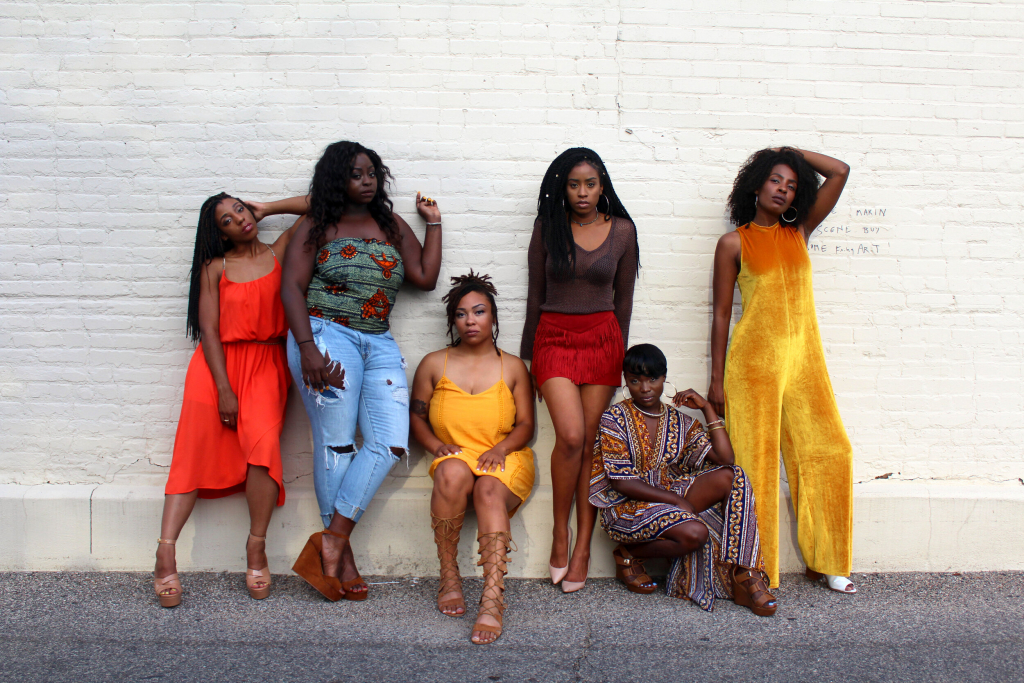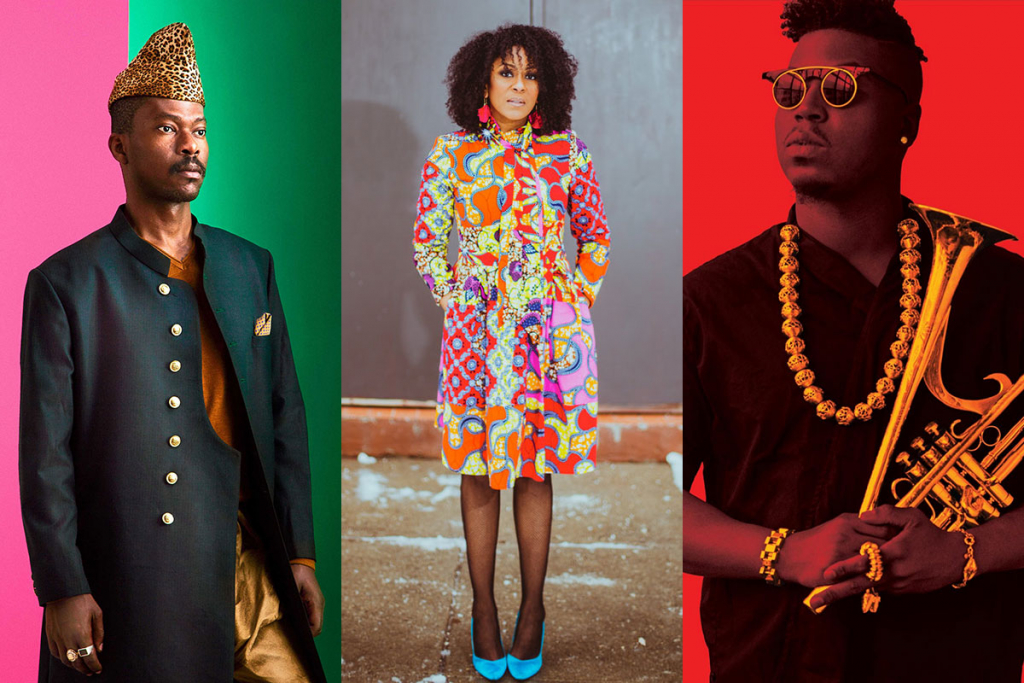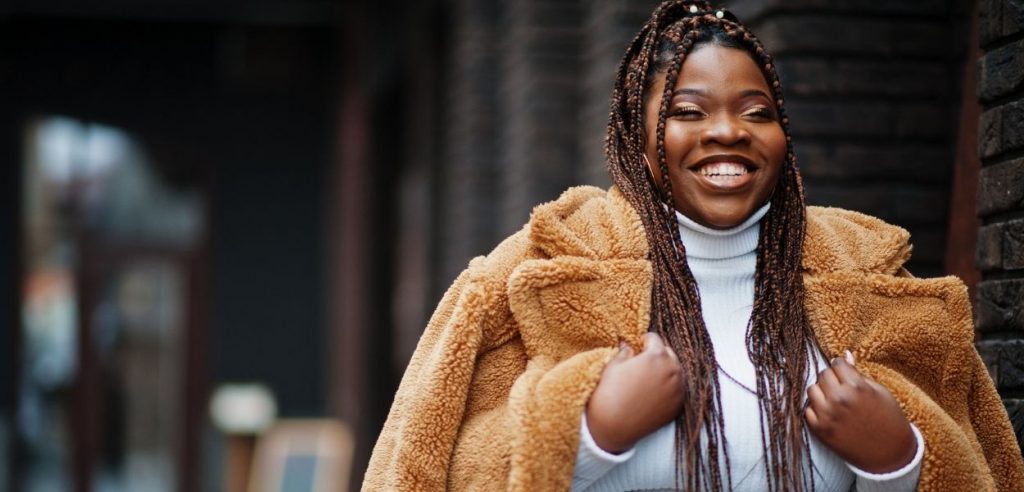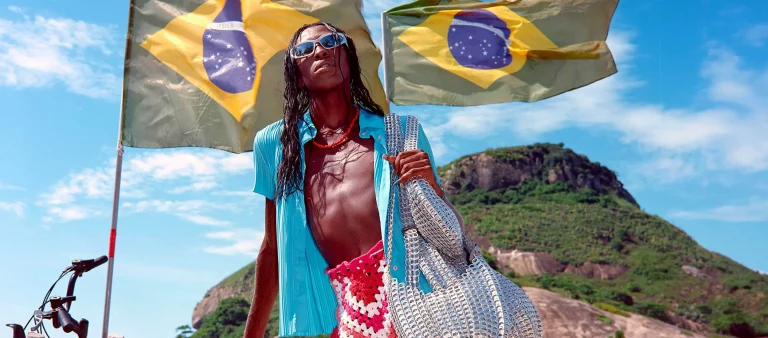Indeed, many fashion waves find their origin in black fashion. Read more to understand black fashion’s influence on the industry.
Black Flashion Culture
Today’s fashion trends are shockingly different from those prominent in the past. Instead of focusing on formality and put-togetherness, there seems to have been a shift to the casual. Tracksuits, t-shirts, jeans, hoodies and sneakers are everywhere. Streetstyle reigns and the recent pandemic only crystallized its sovereignty. Then there is also the recent rise of acrylic nails and name-plate necklaces, as trend-setting show Euphoria can attest to. But what exactly do these things have in common? The answer is: black fashion culture.

Indeed, many of these fashion waves find their origin in black fashion. And the possible surprise that this fact might have triggered points to a great issue. There is no denying that black people are routinely erased from history—and the case of fashion is no different. The reality is that mainstream fashion feeds off of black culture, and we need to acknowledge that.
If you want to understand the influence of black fashion and why this is important to underline, keep reading!
Streetwear And Its Black Fashion Origins
Dapper Dan and Logomania
Looking to “Africanize” luxury, Dapper Dan constructed a name for himself in 1980s America. In an unparalleled manner, the designer crafted lavish coats of leathers and furs, with high-fashion logos plastered onto them. This attracted the attention of drug dealers first, and hip-hop stars second. Soon, fans of the genre were looking for logo-filled items too, marking the beginning of logomania.

Such a trend was part of the bigger “urban style”, as people referred to at the time. Surely, black and brown people were at the center of this phenomenon in the 1980s and 1990s. Since then, the urban style has done nothing but grow in popularity. Yet the reasons why are somewhat dubious.
In 1992, Fendi took legal action against Dapper Dan on the grounds of copyright violations. It forced him to close down his business. Conveniently enough, high fashion brands began to profit off of the vacuum Dan had left behind. This is merely an example of mainstream fashion benefitting from black fashion without giving credit where credit is due. Because it wasn’t until 2018 that Gucci “recognized” Dapper Dan’s genius through a collaboration.
Sneakers and Hoops and Nails. Oh My!
Of course, well-established brands were not exactly at the forefront of the popularization of streetwear. Pioneers such as Virgil Abloh and Ye West allowed for street style to gain the reputation it currently holds. Abloh’s Off-White attempted to find a middle ground between high and “low” fashion, catapulting the latter to unprecedented celebrity. Likewise, West’s groundbreaking collaboration with Adidas produced a palpable hype around casual-wear.
Both Off-White and Adidas Yeezy built on elements which were already at the heart of Black American urban style. Take sneaker culture, for instance, which took off in the 80s with the phenomenon of the “Air Jordan” shoe line. Although the use of sneakers as a form of cultural expression originates in black fashion, it eventually became global. Both Abloh and West contributed to the filtering of sneaker-obsession from black culture into the mainstream.
Still, street style extends far beyond logos and sneakers. Other elements, which have become especially significant in recent times, gained traction in a variety of ways. Hoop earrings originated in ancient Egypt, then were revived in the 1920s by black Jazz icon Josephine Baker. These were eventually rejuvenated with hip hop flamboyance in the 1990s by the likes of Missy Elliot and Lil’ Kim. Today, they can be found everywhere and anywhere, including the ears of the fictional ‘it’ girl Maddy Perez.
Long acrylic nails also originated in ancient times, where Egyptian and Chinese royalty members applied nail extensions to signal aristocracy. Yet they did not gain major recognition until the 1970s, on the fingers of black Disco stars like Diana Ross. Then track athlete Florence Griffith Joyner became known not only for her record-breaking performances, but also for her bombastic, long nails. The acrylic nail subsequently made its way through the 1990s hip hop scene, to eventually be seen virtually everywhere today.
But Why Must One Acknowledge History?
The Importance of History and Retribution
It’s clear that black fashion has long influenced mainstream culture. Trends that started off as exclusive to Black American communities have now seeped into popular culture. Still, you might be wondering why this fact is essential to acknowledge.
Well, for starters, black history is often reduced to repeated images of suffering. This is very different from the diversity that is tied to white history, for example. Hence, highlighting black fashion’s influence on the industry is a way of underlining the positive aspects of Black American history. Because representation matters, and it matters a lot.
It’s also worth pointing out that the fashion industry works similarly to the colonial enterprises of other times. Put simply, the industry largely profits off of the exploitation of black and brown bodies. Under that light, it seems only fair to give credit back to Black fashion culture. Furthermore, emphasizing the role of black people in fashion can also help “legitimize” black businesses to the general population.
The Commodification of Political Statements
Another important aspect is the essential role clothes played in the American Black Civil Rights Movement. In the 1960s, it was common for Black communities to dress conservatively, in suits and church clothes. The goal was to gain respectability and lend credibility to their cause. Still, there was also the approach of the Black Panthers. Members of the organization opted for leather jackets, signaling that they were demanding (not asking for) their rights. Their iconic beret helped them gain validity, as it painted them as an organized movement.
In contrast, the Black Lives Matter movement rejected all forms of uniform and highlighted the idiosyncratic nature of black individuals. They highlight the individuality that they are often denied by expressing themselves through Black fashion elements. It is a way of refusing to abide by the white standard and claiming the right to be uncensored.
The political nature of Black fashion makes its unacknowledged absorption into the mainstream problematic. Because to simply adopt trends that originated from such a politicized background is to commodify their significance, render it meaningless. To adopt Black fashion without acknowledging its history is to deny its political power. It is to erase the struggle that it was born out of.
So, What Is One to Do?
Well, the best one can do is emphasize the historical trace of our clothes. This fights erasure, which is what is most harmful. As for business owners, such acknowledgment is even more valuable. For it prevents benefitting from the oppressive silence that characterizes the hegemonic history. Purchasing production materials from black-owned businesses help pay tribute to the communities at the root of the trend in question.
All that matters is that we fight to unveil that which hides the people behind the clothes that we wear. We must put a stop to the silence.
Like this article? Check out the problematic nature of Asian fishing.






